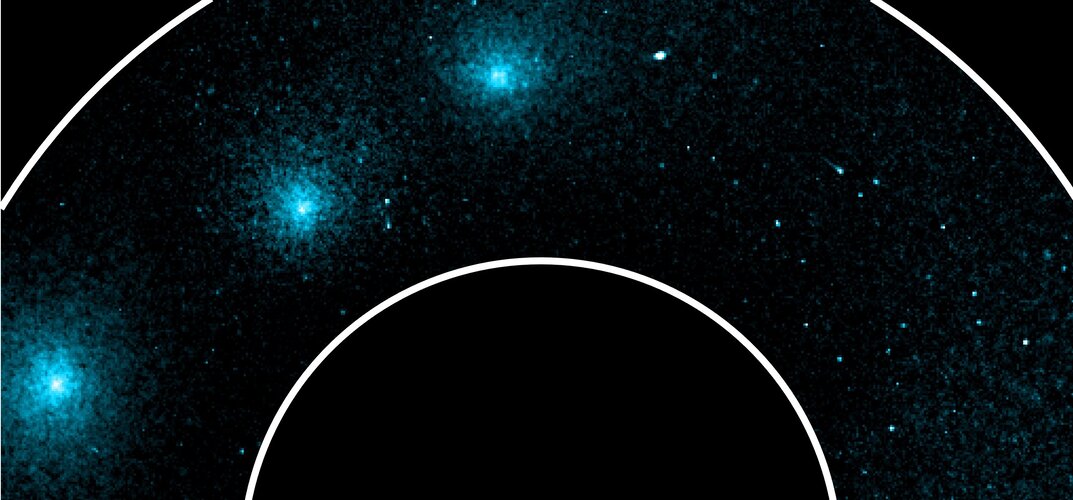
Ions are atoms or molecules that have been stripped of one or more electron and now carry a net positive electrical charge. SWA-HIS detected ions of oxygen, carbon, molecular nitrogen, and molecules of carbon monoxide, carbon dioxide and possibly water. “Because of their small charge, these ions are all clearly of cometary origin,” says Stefano Livi, Lead Investigator of SWA-HIS from Southwest Research Institute, Texas.
As a comet moves through space, it tends to drape the Sun’s magnetic field around it. This magnetic field is being carried by the solar wind, and the draping creates discontinuities where the polarity of the magnetic field changes sharply from north to south and vice versa.
The magnetometer instrument (MAG) data does indeed suggest the presence of such draped magnetic field structures but there is more analysis to be done to be absolutely sure. “We are in the process of investigating some smaller scale magnetic perturbations seen in our data and combining them with measurements from Solar Orbiter’s particle sensors to understand their possible cometary origin,” says Lorenzo Matteini, a co-investigator on MAG from Imperial College, London.



